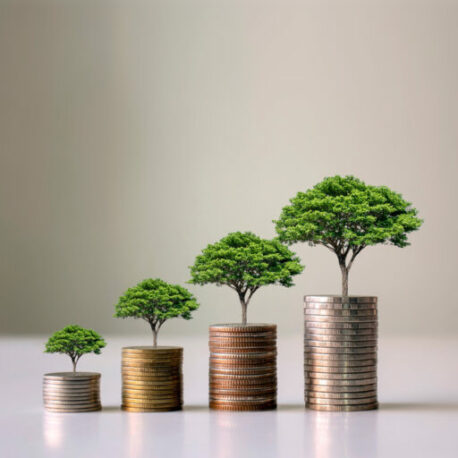
The Finnish financial sector is committed to the goals of the Paris Climate Agreement. Yet the commitments of the global community so far have not been enough to reach these goals, and it is very possible that global warming will exceed the target limit. Finance Finland’s lobbying endorses an ambitious climate policy seeking to prevent this.
At company level, committing to the goal of 1.5 degrees Celsius carries a values-related risk: the companies who have planned for and thrive in the 1.5-degree scenario may fail to do so if the rate exceeds 2 degrees. All companies make values-based decisions, which is a good thing. But in the financial sector, these decisions can be challenging because they are not always compatible with the capital adequacy and risk management requirements set for the sector. Pension insurance companies, for example, are tasked with ensuring that enough pension assets remain for future generations, not with taking substantial risks to finance new innovative technologies.
Values-based investing requires that either the values must be compatible with economic factors or that investors must give a clear mandate to prioritise values even if this comes at the expense of economic factors.
Some commonly shared ethical principles have been established in the field of responsible investing. Investments in the tobacco industry or weapons of mass destruction, for example, are not generally considered responsible. But other equally broad and widely shared values are difficult to find, as ruling out entire industries would be very complicated and unreasonable. In terms of the green transition, it is essential that instead of merely choosing already green businesses to finance, we push polluting economic activities to develop in a more environmentally friendly direction.
======
For investing to be primarily values-based,
investors must give a clear mandate to prioritise values
even if this comes at the expense of economic factors.
======
Sustainable finance regulation seeks to establish a single rulebook for sustainability. On the one hand, it will make value decisions in investing easier, but on the other, it will also raise the threshold for those unwilling to make such decisions. Regulation will also increase corporate sustainability disclosures. This information will enable the financial sector to take sustainability factors better into account in its own operations.
======
Sustainability information can be compared
with the nutrition labels on food.
It is vital to making the right decisions,
but not enough on its own to change investor behaviour
– the choices must also be easy to make.
======
Regulation and the financial sector are both aiming to make responsible investment decisions as easy as possible. The volume of information is currently growing fast due to increasing regulation, which may be confusing rather than helpful especially for retail investors. In the future, it should become easier for investors to select investment products that are aligned with their values.
However, climate change mitigation should not be a value decision made in investments, but rather something that decision-makers systematically promote by making consistent, concrete decisions to advance the transition towards a truly sustainable society and economy.
The key thing is changing the rules of the economy so that environmentally and socially adverse activities come with a heftier price tag. At the moment, they are often cheaper than genuinely sustainable economic activities. The same goes for green finance, where additional reporting and assurance requirements easily make it more expensive than traditional financing.
This is important to keep in mind also when regulating sustainable finance – sustainable finance is part of the change, but not the most important piece in the puzzle.
Looking for more?
Other articles on the topic

Clear and uniform sustainable finance regulation enhances the EU’s competitiveness

The EU Sustainable Finance Disclosures Regulation has promise but lacks in execution

Will the wild west of ESG ratings soon be history? – New regulation facilitates the assessment of sustainability factors

The financial sector has power to halt biodiversity loss – International experts presented their measures in Helsinki
